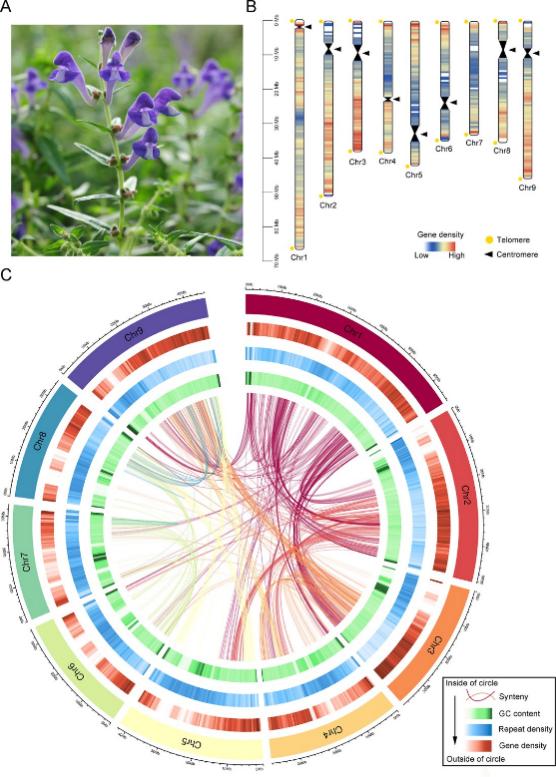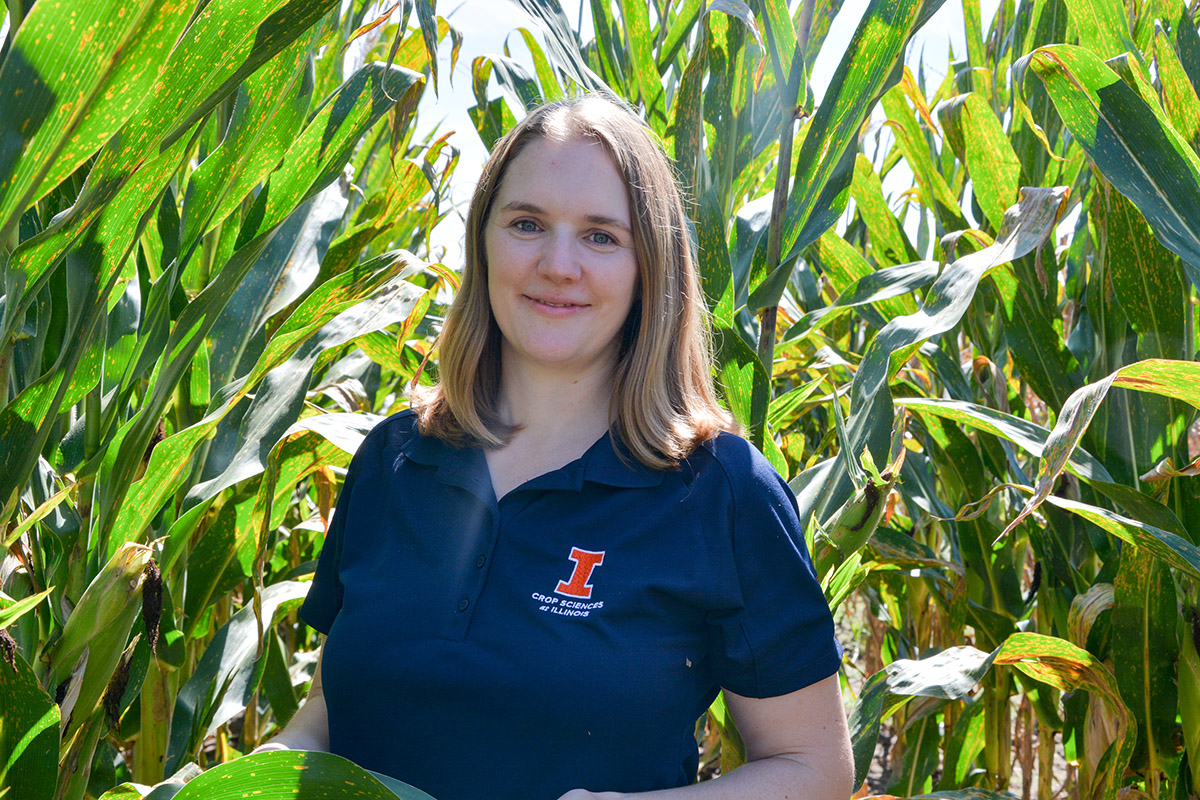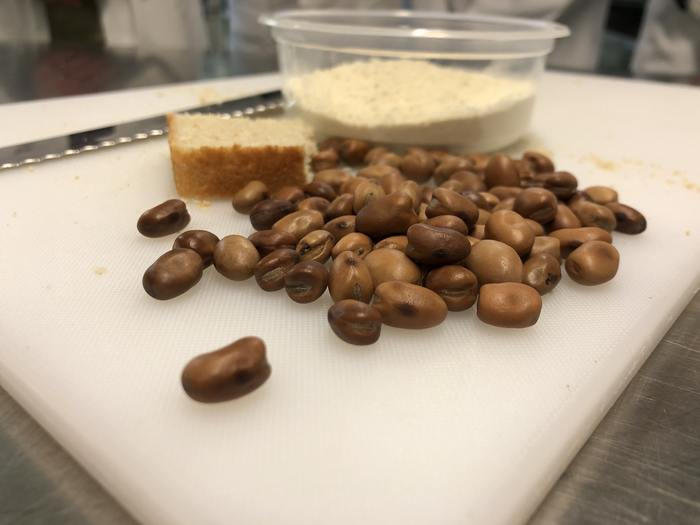A pioneering study has completed the first gap-free genome assembly of Scutellaria baicalensis, a medicinal plant known for its potent therapeutic properties. The research decodes the genetic basis of anthocyanin production, which gives the plant its signature blue-purple flowers, as well as key flavonoid compounds.


